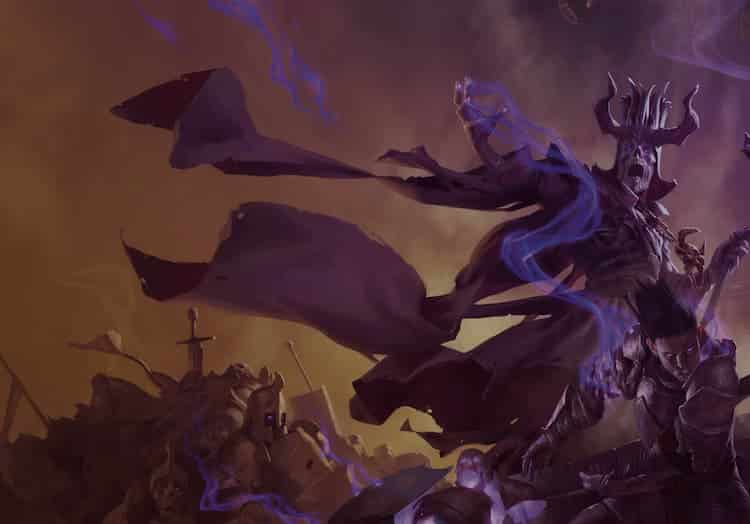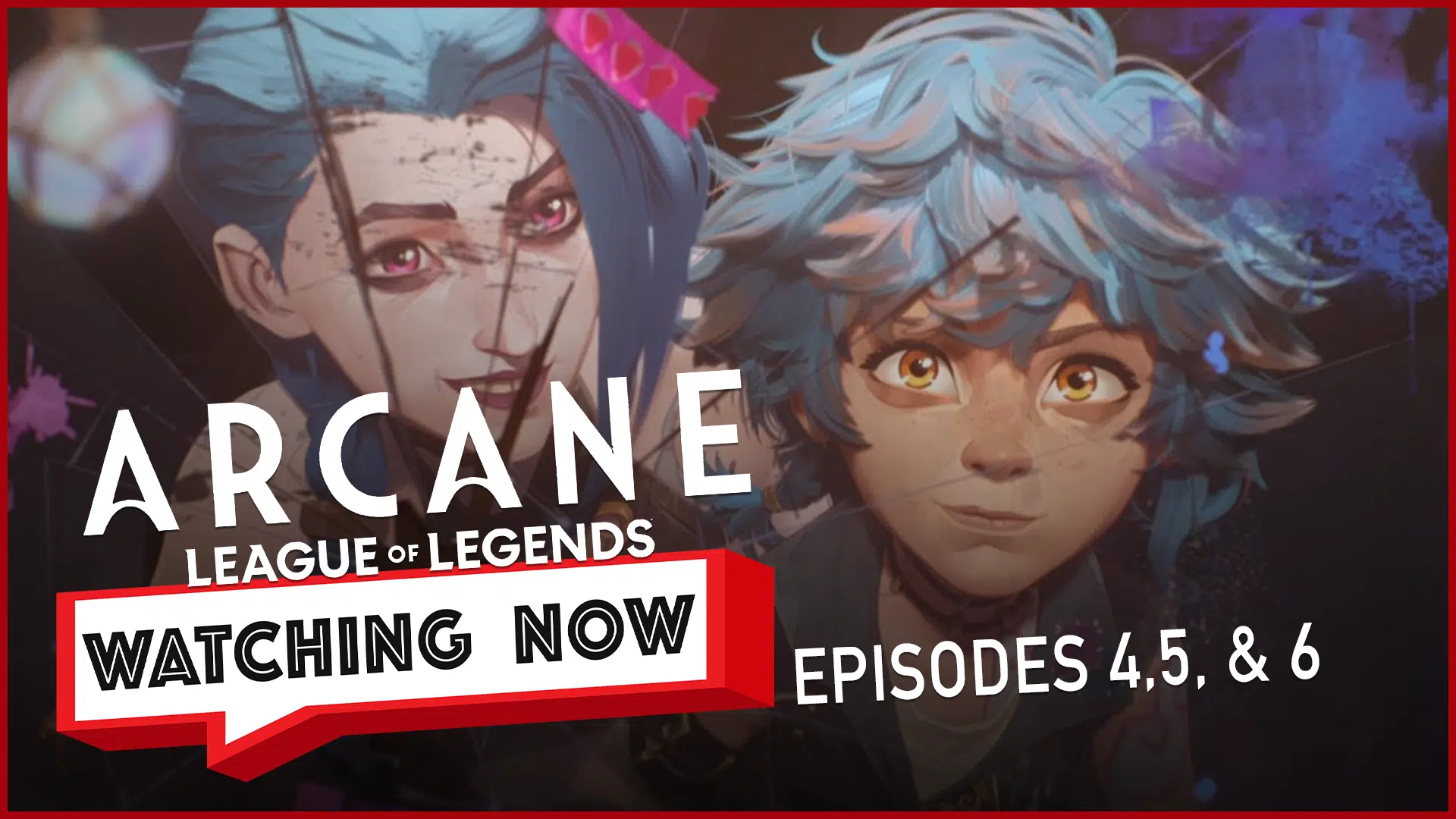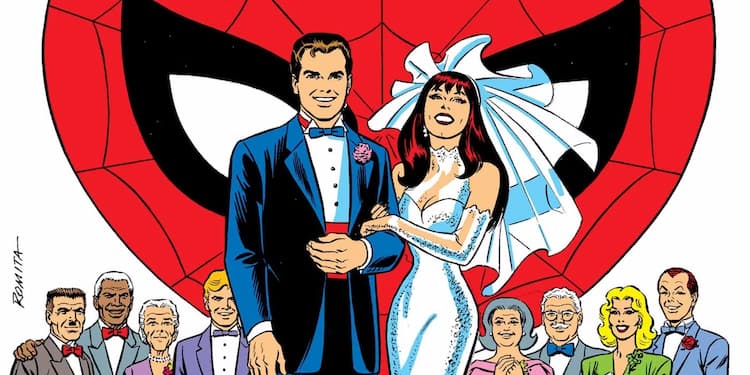
Do you like making maps? Do you enjoy herding cats? Do you find pleasure in balancing 19 different things at the same time? Do you like to do math while pretending to be a dragon who is sad about his recent divorce? If you answered “yes” to any of these questions, you might just be an incredible potential Dungeon Master (DM).
Yes, I’m talking about the stereotypical nerd who sits at the head of the table of other nerds and gesticulates wildly as they describe how a wizard turns one of the party members into a cabbage. However, this is just the stereotype. DMs come in all sorts of shapes, sizes, and styles; though they all have one thing in common:
They love to tell stories with their friends.
If running a game of Dungeons and Dragons (or any tabletop roleplaying game (TTRPG) for that matter) is something that interests you, then allow me to guide you through some things that I, myself, have picked up in my own journey as a DM. Now, I’ve only been doing this for about 6 years—there are plenty of people out there who have been doing this for longer than I’ve been alive. That being said, I am also qualified to talk on the subject of becoming a beginner DM because my first time was a colossal trainwreck. In this article, I’ll provide some tips on what to do (as well as what to avoid) in your first game as a DM. Let’s get into it!

If you’ve seen a game of D&D run before (such as Critical Role or Dimension 20), you might be blown away by how flawlessly the respective DMs run their games. These demonstrations of talent might be what inspires you to take up the mantle yourself. But be warned: this skill is the product of many years of practice, and in your first game, you WILL make mistakes. This is perfectly normal, and if anyone expects you to run a perfect game your first time, they shouldn’t be at your table. My first game as a DM was an embarrassing smorgasbord of mistakes that almost made me quit the game, but that needed to happen in order for me to get to where I am today! D&D has a lot of rules to remember, and it is totally fine to stop the game for a second to look up what the rules say if you don’t know. Hell, I’ve been doing this for the better half of a decade, and I still can’t remember some rules. Which brings me to Tip 2…
D&D is, in essence, one of those games you’d play on the playground where you would imagine you had a sword in your hand when you were holding a stick. Except now, instead of a stick, math and chance are involved, and there are a concrete set of rules. And by set, I mean a really, really big set. However, there are some things that can lighten the load. The first is called “Rule 0” which says (and I’m paraphrasing here), “I’m the DM. I AM THE RULES.” Another is called the “Rule of Cool,” which states that the rules can be bent or broken if something is dope, rad, or even gnarly. It’s ok to bend or break the rules to make a situation more fun—because, at the end of the day, that’s the whole point of D&D. It is, after all, just a game. I personally love to use both of the aforementioned rules as a way to give the players more of a say in how the game is run, as they constantly ask me whether or not they can get away with their shenanigans. Which brings me to Tip 3…

D&D is a collaborative storytelling vehicle (with some crunchy math, of course). That means communication is key. Talk to your players about what they like before, during, and after your games. Make sure they’re comfortable in the scenes that you’re creating. Consent is very important in a game where the players grant the DM the ability to affect their characters. Additionally, there is something called a “Session 0,” which is a meeting with your players before the campaign that sets some boundaries for what is and what isn’t acceptable at your table. I used to not run session 0’s before my games, and it always felt like I was stepping into a minefield when I was running games because I didn’t communicate what was and wasn’t comfortable at my table. Players can also help you DM in a more concrete sense; you can ask your players for advice if you’re feeling lost! You’re a team that is dedicated to having fun, so act like one!
You know that show or movie you like? You can steal its plot for your D&D game. Just tweak a couple of things to make it fit within your world, and you’re golden. Don’t be afraid to steal stuff you like from the world around you! I do it all the time—in fact, I like to combine plots/tropes to make things feel a little more unique! After all, unless you’re planning on monetizing or recording your games, who’s gonna care? Plus, unless your players know what you’re referencing, it’s entirely likely they’ll approach the plot/problem in a completely different way than you originally found it! That’s the joy of TTRPGs.
This one, in my opinion, is the most important. To me, the best trait a DM can have isn’t a mastery of the rules or being able to do voices for all of your characters (though these are good things). Instead, it’s what I like to call “infectious enthusiasm.” It’s the ability to absolutely throw yourself head-first into the game and give your all to a scene. You might look a little silly, but that’s fine! You’re playing D&D—be the nerd you’ve always wanted to be! If your table is made up of friends that you communicate with and trust, they’ll want to join in too. Believe me; I constantly make a fool of myself when I run D&D; because that is so much more fun than not getting involved in the game!
This is a lot to remember, I know. However, if you take anything away from this article, I want it to be this: the most important thing about being a DM is making sure everyone has fun. That might seem cliche, but it’s true. You’re playing a game after all! Additionally, make sure you’re having fun, too—you’re a part of that same game! So good luck out there, and have fun!



